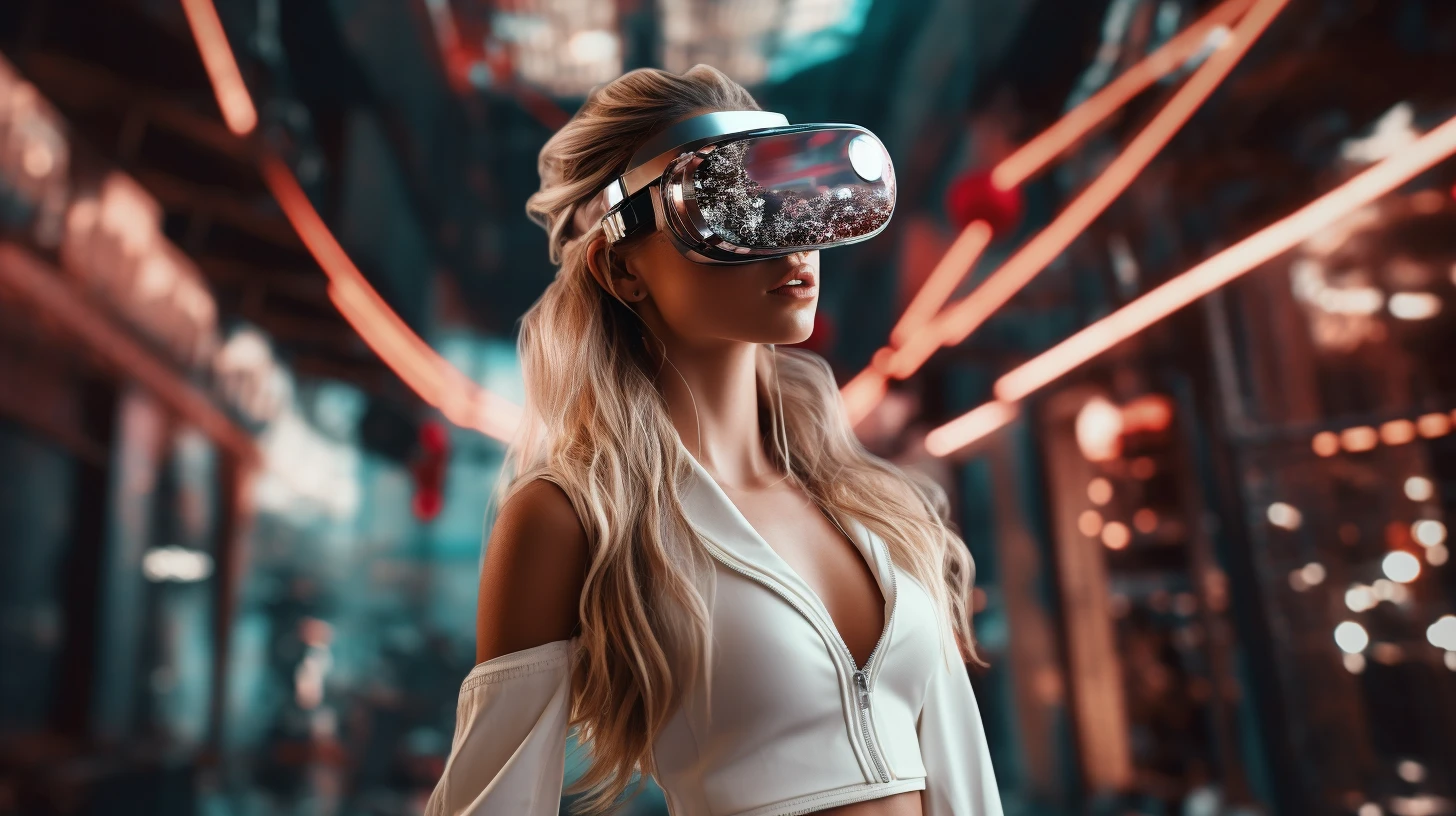The e-commerce market for luxury goods is undergoing a rapid transformation, driven by changing consumer preferences, technological innovations and global disruptions. According to Euromonitor, the global luxury goods market is expected to grow by 4% in 2023, reaching €1.2 trillion [1]. However, this growth will not be evenly distributed across regions, categories and channels. To succeed in this competitive and dynamic environment, luxury brands need to understand the key trends that will shape the future of online luxury shopping and adapt their strategies accordingly.
In this article, we will explore three major trends that will impact the e-commerce market for luxury goods in 2023 and beyond:
• The rise of Asia Pacific as the leading luxury market
• The shift towards investment in durable and timeless luxury products
• The adoption of immersive and interactive technologies to enhance the online customer experience
Asia Pacific: The Engine of Luxury Growth
Asia Pacific is set to become the largest and fastest-growing luxury market in the world, accounting for 45% of global luxury sales by 2023 . China will remain the main driver of this growth, with an estimated 28% share of the global market by 2023 [2]. Chinese consumers are increasingly sophisticated and discerning, seeking quality, authenticity and exclusivity from luxury brands. They are also highly digital-savvy and mobile-oriented, using social media, e-commerce platforms and live-streaming services to discover, research and purchase luxury products.
To capture the opportunities in this lucrative market, luxury brands need to adopt a customer-centric and localized approach, tailoring their offerings and communications to the preferences and needs of different segments and regions. They also need to leverage the power of digital platforms and influencers to reach and engage with their target audiences, while ensuring a consistent and seamless omnichannel experience across online and offline touchpoints.
Investment in Durable and Timeless Luxury Products
Another trend that will shape the e-commerce market for luxury goods in 2023 is the increasing demand for durable and timeless luxury products, especially in categories such as leather goods, jewellery and timepieces [1]. These products are seen as alternative assets that can retain or increase their value over time, offering a hedge against inflation and economic uncertainty. They also appeal to consumers who are looking for more sustainable and meaningful consumption choices, reflecting their personal values and identity.
To capitalize on this trend, luxury brands need to emphasize their heritage, craftsmanship and quality, highlighting the longevity and uniqueness of their products. They also need to provide transparent information on the provenance, materials and production processes of their products, as well as offer services such as authentication, customization and repair to enhance their value proposition. This trend is not unique to a single luxury industry, but can be observed across various sectors, such as the luxury watch industry that steadily moves towards exclusivity and costliness.
Immersive and Interactive Technologies
The third trend that will influence the e-commerce market for luxury goods in 2023 is the adoption of immersive and interactive technologies to enhance the online customer experience. These technologies include augmented reality (AR), virtual reality (VR), artificial intelligence (AI) and blockchain, which can create more engaging, personalized and secure online shopping journeys for luxury consumers.
For example, AR can enable consumers to try on products virtually before buying them online, reducing the need for physical visits or returns. VR can create immersive environments that simulate the ambiance and service of physical stores or destinations. AI can provide personalized recommendations, styling tips and chatbot assistance based on consumer preferences and behavior. Blockchain can provide traceability, authenticity and ownership verification for luxury products, increasing consumer trust and loyalty.
To leverage these technologies effectively, luxury brands need to integrate them seamlessly into their e-commerce platforms and mobile apps, ensuring a smooth user interface and a high-quality visual representation. They also need to balance the use of technology with human touch, providing options for human interaction and feedback when needed.
Conclusion
The e-commerce market for luxury goods is undergoing a rapid transformation, driven by changing consumer preferences, technological innovations and global disruptions. To thrive in this market in 2023 and beyond, luxury sellers need to understand the key trends that will shape the future of online luxury shopping and adapt their strategies accordingly. These trends include:
• The rise of Asia Pacific as the leading luxury market
• The shift towards investment in durable and timeless luxury products
• The adoption of immersive and interactive technologies to enhance the online customer experience
By following these trends, luxury brands can create more value for their customers and differentiate themselves from their competitors in a crowded and dynamic online space. [1]
References:
[1] - https://www.euromonitor.com/article/three-trends-driving-the-global-luxury-goods-market-in-2023
[2] - https://luxe.digital/business/digital-luxury-trends/luxury-future-trends/





SUBMIT YOUR COMMENT